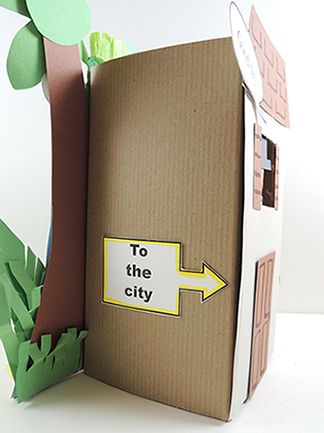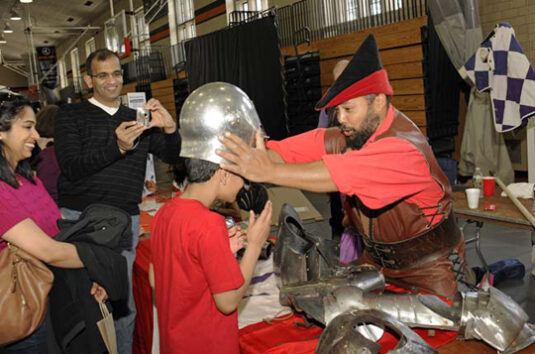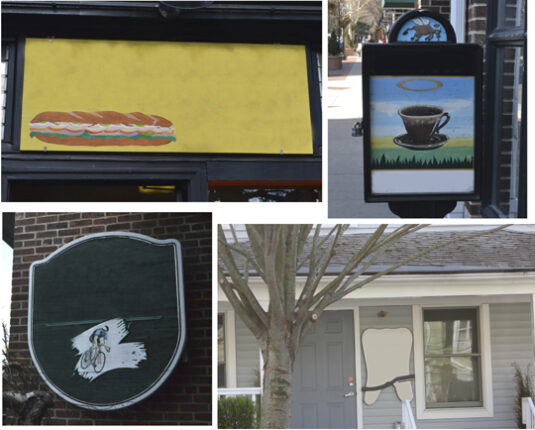
Spend a peaceful afternoon in the fields, enjoying the beautiful flowers and warm sunshine. Gentle cow and cork trees included!
We read The Story of Ferdinand, written by by Munro Leaf, and illustrated Robert Lawson (Viking, 1936). This literary classic tells the tale of Ferdinand, a bull who would rather sit and smell the flowers than fuss and fight. When he is mistakenly put in the bull ring, Ferdinand stays true to his peaceful nature and refuses to charge. It’s the ultimate tale of staying true to yourself and being happier for it.
You’ll need:
- 1 large tissue box
- 1 flower coloring template, printed on 8.5″ x 11″ card stock
- Construction paper
- Assorted pipe cleaners
- Scissors and tape for construction
- Markers for decorating
This project is basically an alternative version of the flower boxes we made for this butterfly garden story time. We just used large tissue boxes instead of box tops.
 In additional to using the flowers on the template, you can also use tissue paper to make lovely flowers, and use drinking straws and sparkle stems to add some texture!
In additional to using the flowers on the template, you can also use tissue paper to make lovely flowers, and use drinking straws and sparkle stems to add some texture!
Once the flowers were done, we headed out to the fields to meet Ferdinand the bull! I made him out of a couple shipping boxes. The back of the head was open so I could reach in, and I also cut a hole at the bottom of the head as a “mouth.” During story time, the kids offered their flowers to Ferdinand for sniffing. I had a little air pump inside the head that would puff air out and make the flowers tremble.
 I have to say, the air puffs freaked a few kids out. But we also had a basket of red pom pom apples nearby to feed Ferdinand, and that was a massively popular activity. He ate apples for a solid 15 minutes!
I have to say, the air puffs freaked a few kids out. But we also had a basket of red pom pom apples nearby to feed Ferdinand, and that was a massively popular activity. He ate apples for a solid 15 minutes!

This this isn’t the first time Ferdinand has appeared on the blog. You can see him enjoying the spring buds here (as well as a really cool wildflower identification website), and he gets a mention in our International Children’s Book Day list here. We love you Ferdinand!



 You’ll need:
You’ll need:


 Don’t be sooooo 12th century. Get with the times whilst also enjoying this complementary copy of Medieval Vogue! Katie designed this gorgeous little mag for a massive Robin Hood shindig my library hosted some years ago. If you’d like to browse Medieval Vogue for the newest trends in poulaines this season, here is
Don’t be sooooo 12th century. Get with the times whilst also enjoying this complementary copy of Medieval Vogue! Katie designed this gorgeous little mag for a massive Robin Hood shindig my library hosted some years ago. If you’d like to browse Medieval Vogue for the newest trends in poulaines this season, here is 

 At another table, we had a different take on wearables. Namely, the armor of Sir John Williams (right) and friend (left), two knights who professionally joust at Renaissance Fairs! They brought all their gear and expertise and were simply amazing.
At another table, we had a different take on wearables. Namely, the armor of Sir John Williams (right) and friend (left), two knights who professionally joust at Renaissance Fairs! They brought all their gear and expertise and were simply amazing.


